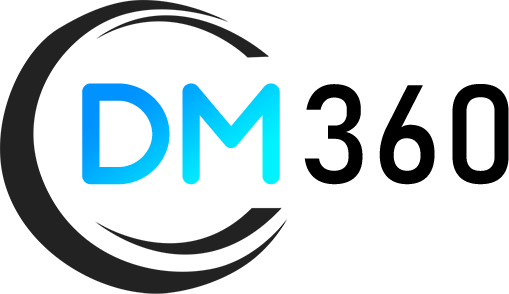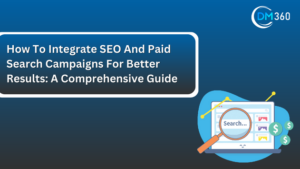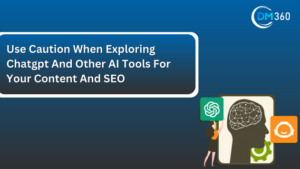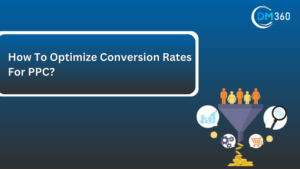Essential On-Page SEO Elements for Improved Ranking – Search Engine Optimization (SEO) is far from easy. With such a massive scope, from on-page elements to backlinks and sitemaps, it can indeed discourage the inexperienced. Still, it’s essential that you do master it, across all its forms, for improved ranking. SEO offers enhanced online visibility, spearheading lead generation for more traffic. To help you on this quest, let us explore some of the most essential on-page SEO elements to consider.
Table of Contents
ToggleWhat is on-page SEO?
First, let us briefly define on-page SEO. Not to be confused with the relatively newer “on-site SEO” term, on-page SEO focuses on exactly what the name suggests. Namely, each individual page.
To align each page with search engines’ criteria, on-page SEO focuses on such factors as:
- Images
- Content length
- Content formatting, headers, etc
- Keyword density
- Anchor texts
In contrast, off-page SEO delves into off-site elements such as backlinks, and technical SEO secures sites’ technical health. Thus, on-page SEO will more typically overlap with web design and copywriting, while off-page SEO will drive link-building, and technical SEO will take up web development.

Website analyzers and other tools for on-page SEO
With that fundamental distinction out of the way, let us discuss what you’ll need to identify and fine-tune essential on-page SEO elements. There are a plethora of tools on the market now, so you must ensure you choose the optimal solution that best suits your needs.
As regards website analyzers and general SEO checker tools, some of the best and most famous options include:
- SEMrush – One of the most recognizable names in SEO, SEMrush offers an extensive solution for businesses of all sizes.
- Serpstat – Another renowned platform, Serpstat comes with a wealth of analytical features while remaining accessible and notably affordable.
- MonsterInsights – Finally, MonsterInsights stays true to its name and provides a wealth of actionable insights while seamlessly integrating into Google Analytics.
On the subject of integrations, this too is a crucial factor to consider when picking SEO tools. Some tools will offer extensive integrations with other assets you might be using, while others may not. Thus, after examining functionalities, features, and prices, you should make sure to keep this factor in mind as well.

Essential on-page SEO elements for improved ranking
Now, what exactly should you use said tools for? While exact priorities will differ from one marketer to the next, as SEO trends come and go, our top 5 picks are the following.

Title tags
Title tags may not be on-page per se, but they are the very first impression users get. For proof of this element’s significance, we may cite a WordStream case study, where a simple title change caused a 21% Click-through Rate (CRT) drop. Visitors really care about title tags that match their search intent, and it shows.
To optimize title tags, consider the following:
- Keep it brief. SEOs typically advise for a length between 50 and 60 characters to ensure the entire title tag remains visible.
- Use your keywords. Your title tags should, of course, include your targeted keywords. Ideally, you should place them as close to the left as possible for more visibility.
- Use hyphens between words. To avoid errors and confusion, it’s advisable to only use hyphens between words in the title tag.
- Match the users’ search intent. Keywords aside, your title tags must match the user’s search intent. Do they want to “learn“, “read”, or “buy”? Use action verbs to distinguish your page’s goal.
- Monitor them. Finally, remember the aforelinked article by WordStream; Google can change your title tags. Monitor them to ensure they’re exactly what you want them to be.

Header tags
Then come header tags, and these are among the essential on-page elements for improved ranking. Header tags play 2 distinct roles:
- They contextualize the page’s content for search engines.
- They help human readers scan your content. So, to optimize them toward both purposes, consider the following:
- Keep them brief. As with title tags, a length between 20 and 70 characters is advisable. Any more or any less, and your header tags lose SEO value.
- Keep them relevant. Then, your header tags should remain relevant to the subject matter at hand. Consider both keywords and subtopics, as well as a logical flow from one to the next.
- Structure them properly. Finally, remember to maintain proper hierarchy; use one h1, followed by appropriate h2s, followed by h3s, and so on. You can’t have h2s followed by h4s, for example, or you violate their hierarchy.
Finally, it is crucial that you use your keywords in them. Google may actually use your header tags as title tags, as the above case study shows, so it’s absolutely necessary.

Keywords
Keywords are arguably the most essential on-page SEO element. Keywords are what you write content around, after all, to target specific queries – so they must be perfect.
First, consider off-page keyword use to inform your on-page strategies:
- Pick your keywords carefully. Keyword research is the pillar of all SEO strategies; use such tools as the above to find the perfect keywords.
- Avoid “keyword cannibalism”. If you target the same keywords through many different pages, you’ll end up competing against yourself.
- Target keywords through different means. Finally, you may be unable to rank organically for some keywords; there, you may resort to Pay Per Click (PPC) instead.
Then, consider on-page keyword use. Here, the primary optimizations to cover are:
- Keyword density. First, examine your keyword-to-word count ratio. Yoast suggests a keyword density between 0,5% and 3%; in absolute numbers, a safe ratio is roughly 1 keyword per 200-250 words of text.
- Synonyms. Then, consider using synonyms and semantically related keywords. Using too many identical keywords may come across as “keyword stuffing”, hampering your SEO.
- Anchor texts. Finally, consider using your keywords in anchor texts. This helps both Google and users contextualize the linked content’s subject, value, and relevance.

Images
Another place where keywords belong is, of course, images. Images are also a substantive element to optimize, in no small part because they may rank for Google image searches. That potential aside, images can also enhance your content or, with poor execution, sabotage it.
As regards images, consider the following fundamentals:
- Image format and size. Images can enrich your content, but large images may slow down your loading speeds – which Google notes directly increase bounce rates. Keep your image files smaller than 100kB, and choose your image formats carefully to balance quality with size.
- Image alt. text. Next, your images may fail to load. If they do, alt. text will still convey your intent behind them. What’s more, alt. text enhances website accessibility for visually impaired visitors, as screen readers use them to convey information.
- Image placement. Finally, carefully consider your image placement. Distribute images relatively evenly across the page to enhance the User Experience (UX), but avoid overshadowing your CTAs. Distracting visitors from your CTAs will cost you significantly in terms of final conversions.
You may also choose to use images sparingly or not use any at all. While SEO does often advise that you do, consult your audience analytics to make an informed choice on this.

User search intent
Finally, let us return to the aforementioned user search intent. This isn’t a single element, but a sum of your copy and content strategy; what do your visitors want? Answering this with valuable content increases both conversions and thus revenue, and engagement signals, which enhance SEO.
So how exactly can you do that? By crafting content around the customer journey:
- Identify user search intent. First, explore the top-ranking content for your keywords. Who does it speak to? Are users clicking on it to get information and help or to make a purchase? The tools we cited above should offer valuable help in this step, especially if you also analyze your competitors’ content.
- Craft content for each user type. Then, you may craft content for each user type. Tarakeet identifies 4 types of search intent; informational, navigational, commercial, and transactional. Address each of these through tailored, specific content.
- Deliver it at opportune times. Finally, structure your content appropriately across the customer journey. Your landing pages will attract informational intent; use links in them to direct users to other informational content. Your social media followers may have commercial intent; promote product pages to satisfy it.

Conclusion
To summarize, our picks for the essential on-page SEO elements for improved ranking are title tags, header tags, keywords, images, and user search intent. Many of them overlap to some extent, and all of them are demonstrably crucial to securing a great SEO score. What’s more, approaching them all effectively will also boost your conversions – so, while strenuous, it will be worth the effort.
